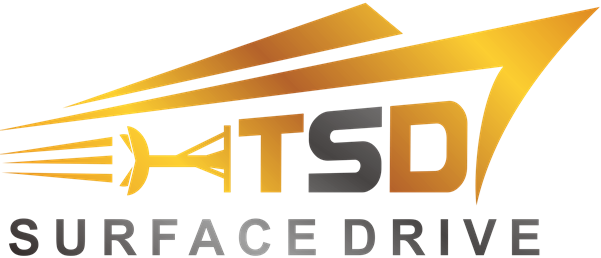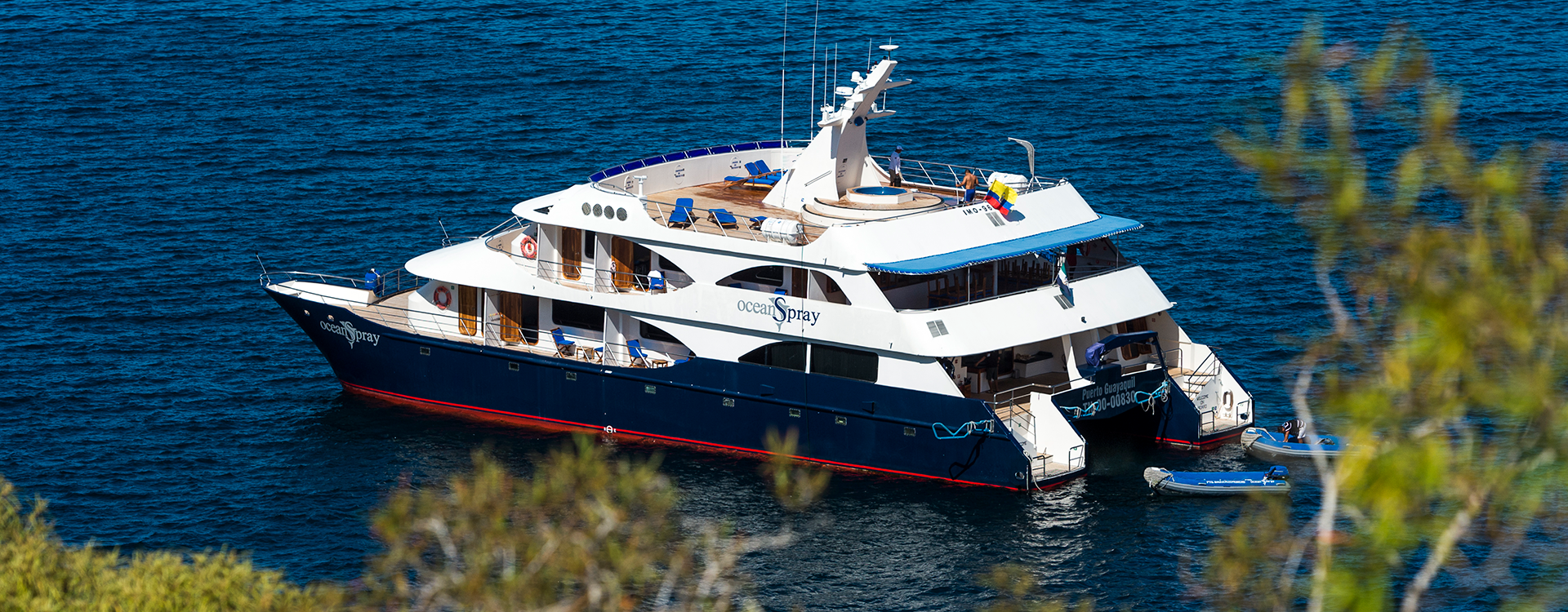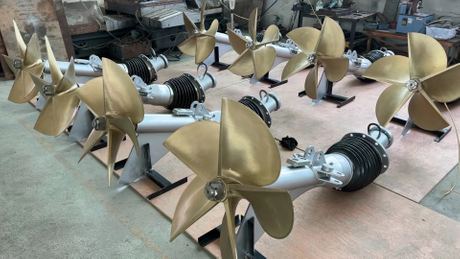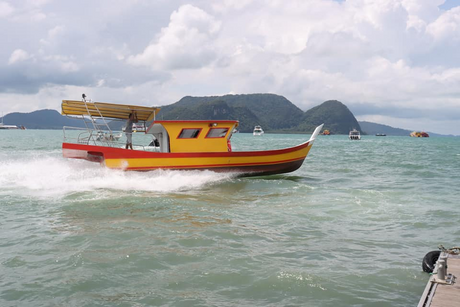Design and Configuration:
Surface Drives:
Propulsion Mechanism: Surface drives employ a propulsion system where the propeller is partially submerged, allowing it to operate closer to the water's surface.
Installation: Surface drives are typically mounted directly to the transom, positioning the propeller partially above the waterline. This design reduces the risk of cavitation and enhances propulsion efficiency.
Steering: Surface drives often feature hydraulic or electro-hydraulic steering systems, offering precise control and maneuverability.
Sterndrives:
Propulsion Mechanism: Sterndrives consist of an inboard engine connected to a steerable drive unit and propeller mounted externally at the stern.
Installation: Sterndrives are installed inside the hull, with the drive unit extending through the transom. This configuration provides a balance between internal space utilization and external propulsion efficiency.
Steering: Sterndrives utilize mechanical or hydraulic steering systems, offering reliable control but potentially with less maneuverability compared to surface drives.
Performance and Efficiency:
Surface Drives:
Speed and Acceleration: Surface drives are renowned for their high-speed capabilities and rapid acceleration, making them ideal for applications requiring swift vessel response.
Maneuverability: With their elevated propeller position and advanced steering mechanisms, surface drives offer exceptional maneuverability, enabling precise control during tight turns and docking maneuvers.
Efficiency: Surface drives are highly efficient, particularly at higher speeds, as they minimize drag and cavitation, resulting in reduced fuel consumption and increased range.
Sterndrives:
Versatility: Sterndrives are versatile and suitable for a wide range of vessel sizes and types, from small recreational boats to larger cruisers and sports boats.
Stability: The inboard configuration of the engine provides improved weight distribution and stability, contributing to a smoother ride and enhanced onboard comfort.
Efficiency: Sterndrives offer good fuel efficiency and performance across a range of speeds, making them suitable for both cruising and high-speed operation.
Applications:
Surface Drives:
High-Performance Vessels: Surface drives are favored in applications where speed, agility, and responsiveness are paramount, such as racing boats, military vessels, and high-speed ferries.
Commercial and Patrol Boats: Surface drives are also deployed in commercial vessels and patrol boats, where their combination of speed and maneuverability enhances operational capabilities.
Sterndrives:
Recreational Boating: Sterndrives are widely used in recreational boating applications, including pleasure crafts, fishing boats, and family cruisers.
Sports Boats and Water Sports: Sterndrives are popular in sports boats and water sports vessels, offering a balance of performance, efficiency, and maneuverability.
In summary, both surface drives and sterndrives offer unique advantages and are well-suited to different marine applications. The choice between the two depends on factors such as vessel size, intended use, performance requirements, and operational preferences. Understanding the distinct characteristics of each propulsion system is essential for selecting the most suitable option for a given marine vessel.













